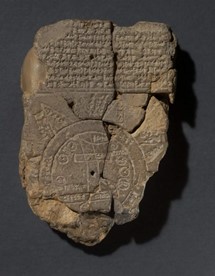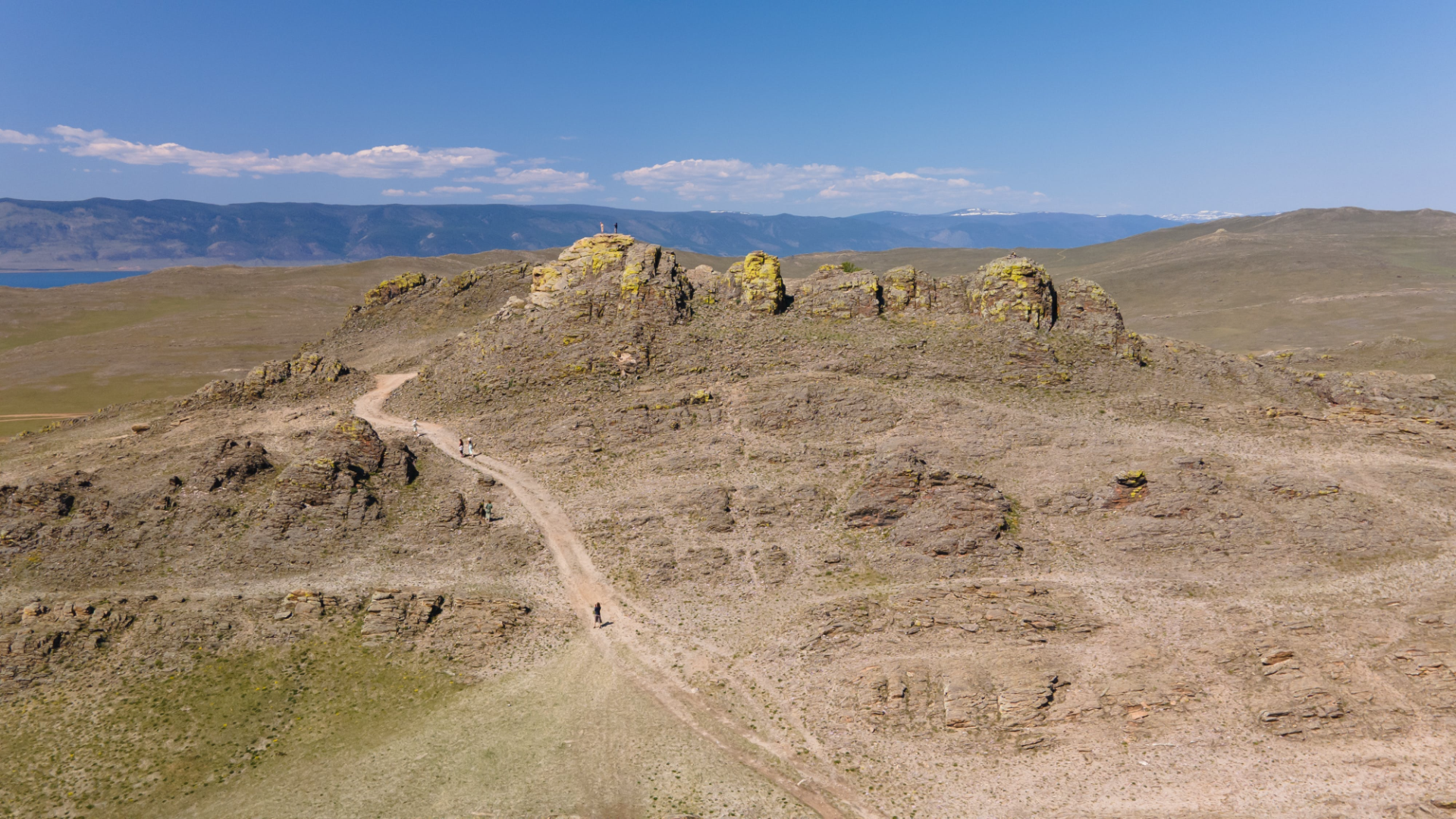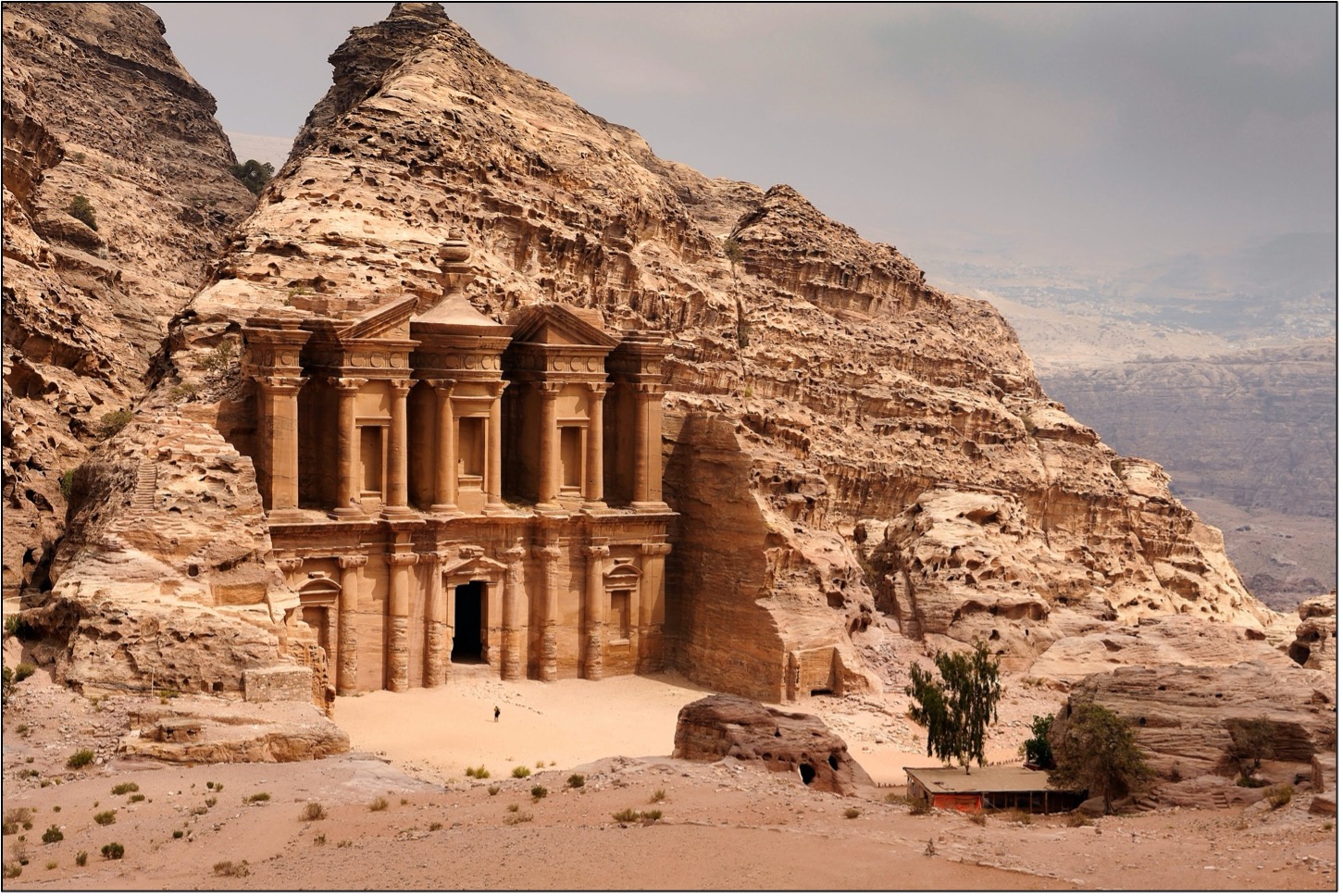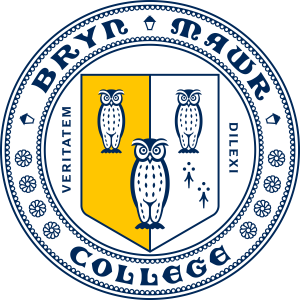
This course introduces the art and archaeology of the ancient Near East and Egypt. Via assigned readings, class work and lectures we will explore some of the most significant archaeological sites, artefacts and societies to have emerged in these regions. We will study the historical figures, societies and cultures that shaped the Near East and Egypt and consider some of the most fundamental inventions and innovations that originated in these areas. Via a variety of case studies, the course will also critically analyse the legacy of antiquarian archaeology in these regions and debate the future of modern archaeology in the area.
- Instructor of record: Jennie Bradbury
- Other editing teacher: Illizt Castillo
- Other editing teacher: Kari Fossum
- Instructor of record: Evrydiki Tasopoulou
- Instructor of record: Wu Xin
- Instructor of record: Wu Xin
- Instructor of record: Evrydiki Tasopoulou
- Other editing teacher: Bronwen Densmore
- Instructor of record: Evrydiki Tasopoulou
- Instructor of record: Rocco Palermo

- Instructor of record: Rocco Palermo
- Instructor of record: Astrid Lindenlauf
- Instructor of record: Evrydiki Tasopoulou
- Instructor of record: Jennie Bradbury
- Instructor of record: Wu Xin
- Instructor of record: Rocco Palermo
- Instructor of record: Evrydiki Tasopoulou

This course examines the impact - or lack thereof - the Roman Empire had on the visual and material culture in the Eastern Mediterranean and South-West Asia from the 1st century BCE to the 5th century CE. To understand the local response to Rome's expansion, we study the complex political and social structures that were in place in these regions long before the arrival of Rome as well as the agents that continuously negotiated between Rome, local polities, and external factors (i.e., nomadic tribes). We will explore the multi-faceted world of the easternmost provinces of the Roman Empire with reference to archaeological, visual, and textual sources and adopt counter-narrative approaches to critically discuss the nature of colonial and imperial encounters.
- Instructor of record: Rocco Palermo

- Instructor of record: Jennie Bradbury
- Instructor of record: Astrid Lindenlauf
Class Meeting Dates and Times: Wednesdays, 1:10-3:30pm, in Taylor Seminar Room (2nd floor)
